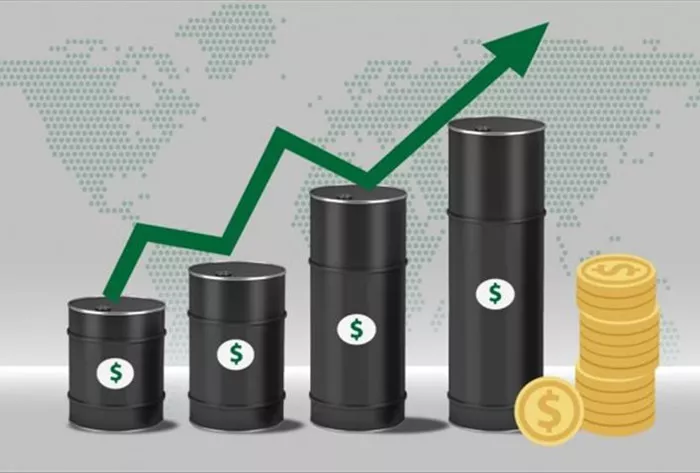The International Energy Agency (IEA) has issued a stark warning regarding the global oil market, projecting a surplus of more than one million barrels per day (bpd) in 2025. This anticipated glut is primarily attributed to a significant slowdown in demand from China, which has historically been a key driver of global oil consumption.
According to the IEA’s latest monthly report, oil consumption in China has contracted for six consecutive months through September, and the growth rate for this year is expected to be only 10% of what was seen in 2023. The agency forecasts that global oil consumption will rise by 920,000 bpd this year, but this figure represents less than half the growth rate experienced last year. For 2025, demand is projected to increase by just 990,000 bpd.
The report highlights that if OPEC+ proceeds with plans to resume previously halted production during its upcoming meeting, the surplus could be even larger. Despite ongoing geopolitical tensions in the Middle East, including hostilities between Israel and Iran, crude prices have declined by 11% since early October as traders shift their focus to rising output from North America.
The IEA emphasized that while supply risks remain prevalent, a more balanced market could provide much-needed stability following years of volatility caused by the COVID-19 pandemic and geopolitical conflicts. Brent crude futures were trading around $72 per barrel on Thursday.
“Given the current dynamics, we are witnessing a well-supplied market developing for 2025,” stated the IEA. “This shift reflects below-par global economic conditions and a completed post-pandemic release of pent-up demand.”
In addition to the slowdown in Chinese demand, the IEA’s report underscores the increasing displacement of oil by clean energy technologies in transportation and power generation. The agency has previously indicated that global oil demand may plateau by the end of this decade as electric vehicles (EVs) and renewable energy sources gain traction.
While demand growth cools, production from non-OPEC+ countries such as the United States, Brazil, Canada, and Guyana is set to rise significantly. The IEA predicts that supplies from these producers will increase by approximately 1.5 million bpd over the next two years. Consequently, world supplies are expected to exceed demand by over one million bpd next year.
The Organization of Petroleum Exporting Countries (OPEC) has been cautious regarding production increases due to market fragility. Although it plans modest monthly increases starting with a 180,000 bpd hike in January, it has repeatedly delayed restoring output since 2022 due to ongoing uncertainties.
As the global oil landscape continues to evolve, stakeholders are urged to stay informed about these developments and their potential implications for pricing and supply chains. The IEA remains committed to providing timely insights into market dynamics as they unfold.
Read more:

